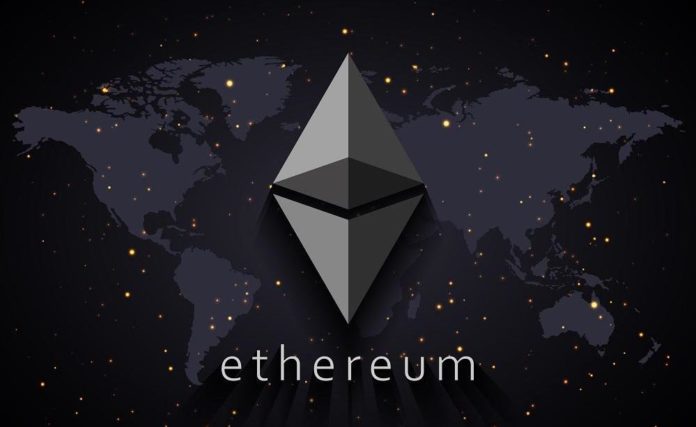The ever-evolving world of Ethereum witnessed another significant development as Ethereum co-founder, Vitalik Buterin, recently proposed a 33% increase in Ethereum’s gas limit. This proposed change, aimed at enhancing network capacity and reducing user costs, reflects the ongoing endeavor to address some of the most pressing challenges in the Ethereum network. However, this move is not without its risks, underscoring the delicate balance that must be maintained in the dynamic blockchain ecosystem.
Ethereum, since its inception, has been at the forefront of blockchain innovation. Its introduction of smart contracts revolutionized the way we view blockchain technology, far beyond the simple transactional capabilities of its predecessor, Bitcoin. However, with great innovation comes great challenges. One such challenge has been the issue of scalability, particularly evident in the form of high transaction fees, commonly known as ‘gas fees.’ These fees, required to conduct transactions and execute contracts on Ethereum, can fluctuate greatly, often becoming prohibitively expensive during times of network congestion.
The proposed increase in the gas limit seeks to alleviate these issues by allowing more transactions to be included in each block. This increase effectively raises the network’s throughput, enabling it to process a larger number of transactions per second. The immediate benefit of this would be a potential reduction in gas fees, as the increased capacity eases the network congestion that often drives up these costs.
Buterin’s proposal is not just a technical adjustment; it’s a strategic move aimed at maintaining Ethereum’s competitive edge in the blockchain space. With the rise of alternative blockchain platforms offering faster transaction speeds and lower fees, Ethereum faces increasing pressure to evolve. The proposed gas limit increase is a step towards ensuring Ethereum remains a viable and efficient platform for developers and users alike.
However, this proposed change is not without its concerns. One of the primary risks associated with increasing the gas limit is the added strain on Ethereum’s nodes. These nodes, operated by individuals and entities across the globe, store a complete copy of the blockchain and validate transactions. Increasing the gas limit means that each block will contain more data, thus requiring more computational power and storage capacity from the nodes. This could potentially lead to a scenario where only those with more advanced, and consequently more expensive, hardware can afford to run a node, potentially centralizing the network to a degree.
There is also the risk of increased blockchain bloat. As more transactions are included in each block, the overall size of the Ethereum blockchain grows at a faster rate. This could lead to longer sync times for nodes and might create barriers for new nodes wanting to join the network, as the hardware and bandwidth requirements become more demanding.
Buterin’s proposal, therefore, stands at a crossroads of technological advancement and practical feasibility. It embodies the constant balancing act that blockchain developers must perform: improving network performance while ensuring that the system remains decentralized and secure. The Ethereum community, known for its robust and active participation, will play a crucial role in deliberating this proposal. Their input, along with rigorous testing and analysis, will be crucial in determining whether the benefits of a higher gas limit outweigh the potential drawbacks.
The decision on this proposal will have far-reaching implications for Ethereum’s future. As the network prepares to transition to Ethereum 2.0, which promises to address many of its existing challenges through a shift to a proof-of-stake consensus mechanism, changes like the proposed gas limit increase are viewed as essential interim measures. They are critical steps in ensuring that Ethereum continues to serve its growing user base effectively while maintaining its position as a leader in blockchain technology.
The Ethereum community’s response to this proposal will be a reflection of its priorities and vision for the network. It will demonstrate how the community balances the need for immediate improvements with the long-term goal of a more scalable, efficient, and decentralized blockchain. The discussion around this proposal is not just about the technical specifics of block sizes and transaction fees; it’s about the direction in which Ethereum is heading and how it plans to get there.
As Ethereum continues to navigate these complex waters, the broader cryptocurrency world watches with keen interest. The decisions made today will shape not just the future of Ethereum but potentially the trajectory of blockchain technology as a whole. The proposal to increase the gas limit is a testament to Ethereum’s ongoing evolution, a journey marked by continuous innovation, community engagement, and a steadfast commitment to addressing the needs of its diverse and growing ecosystem.


